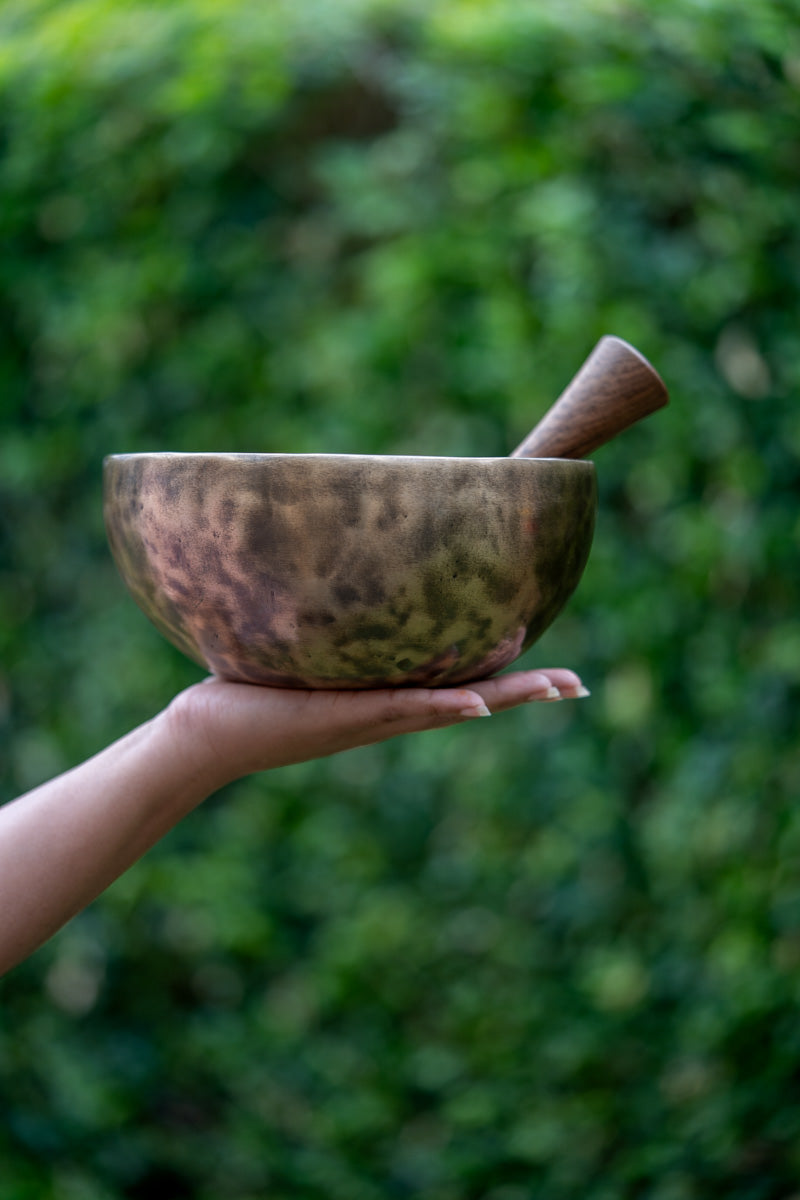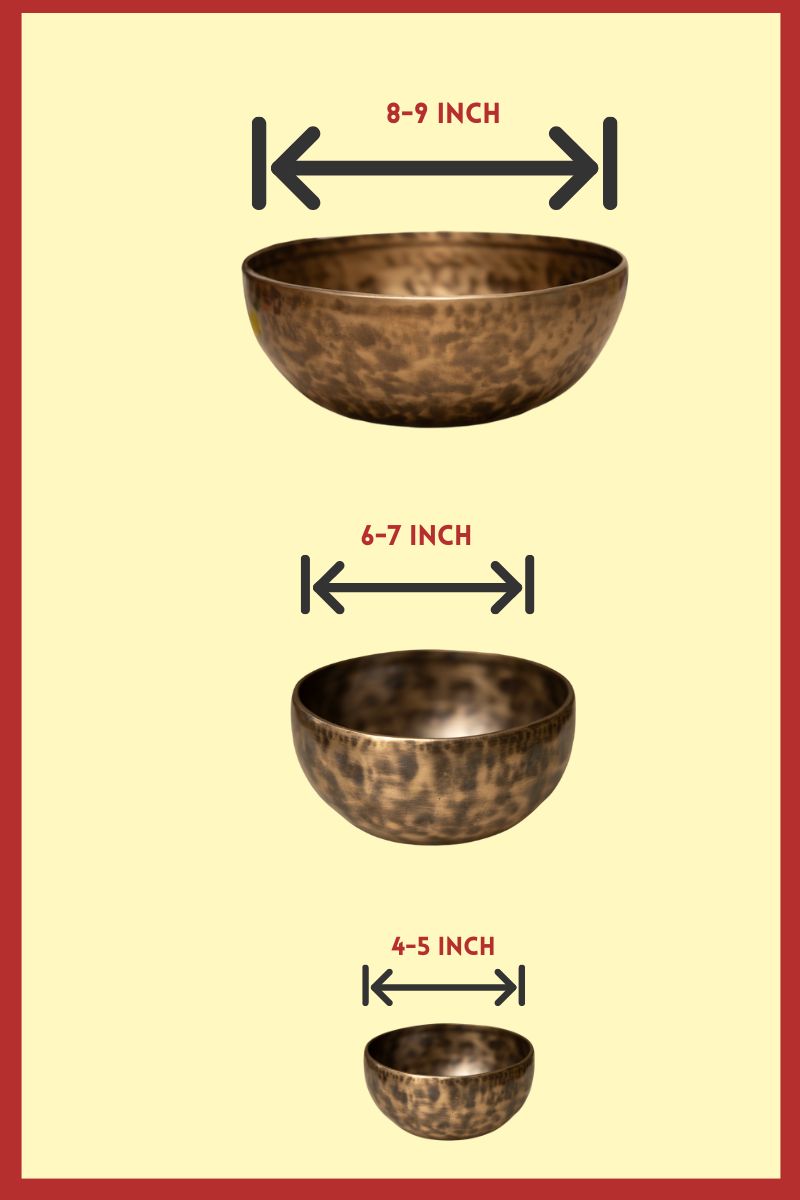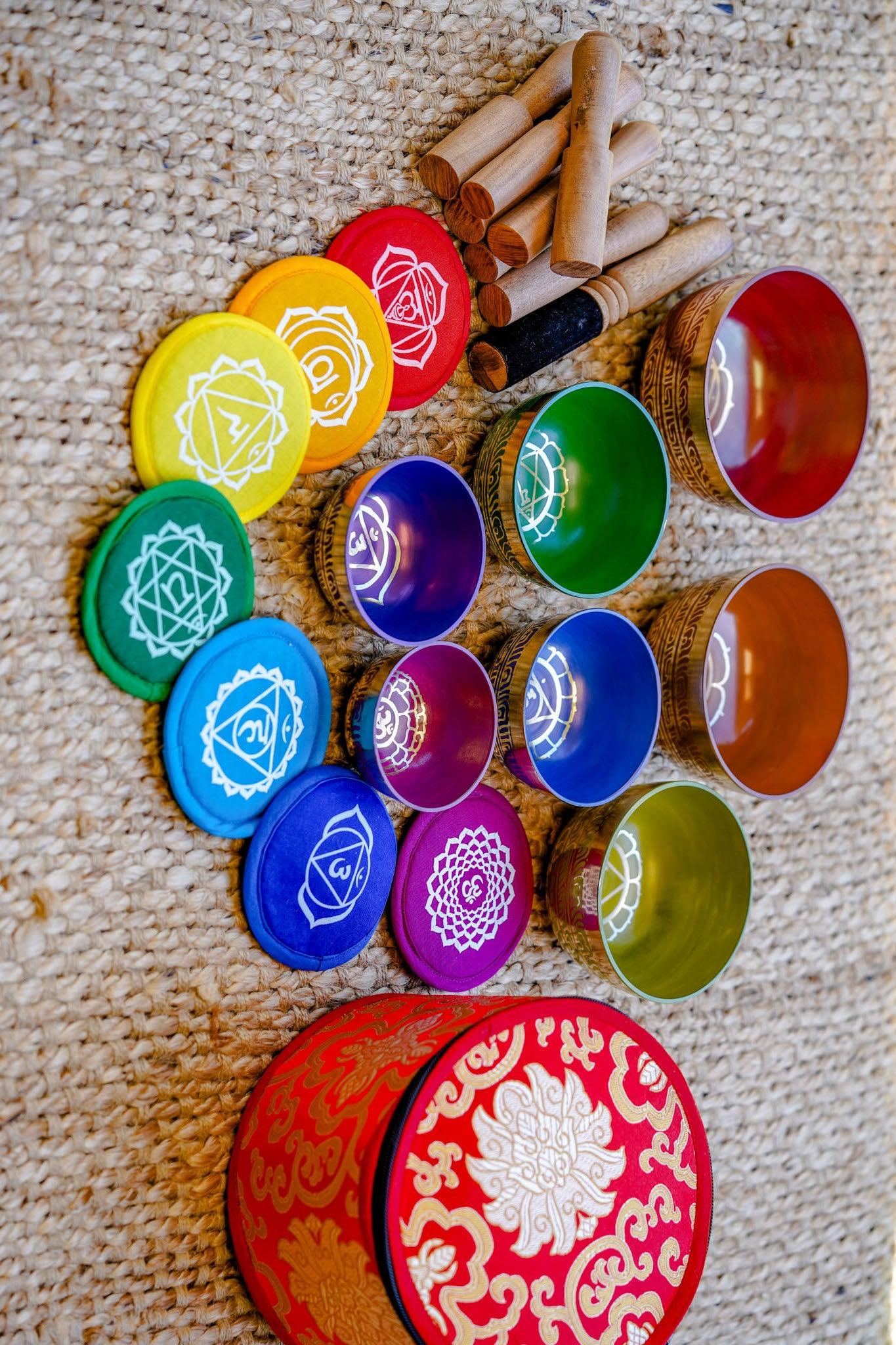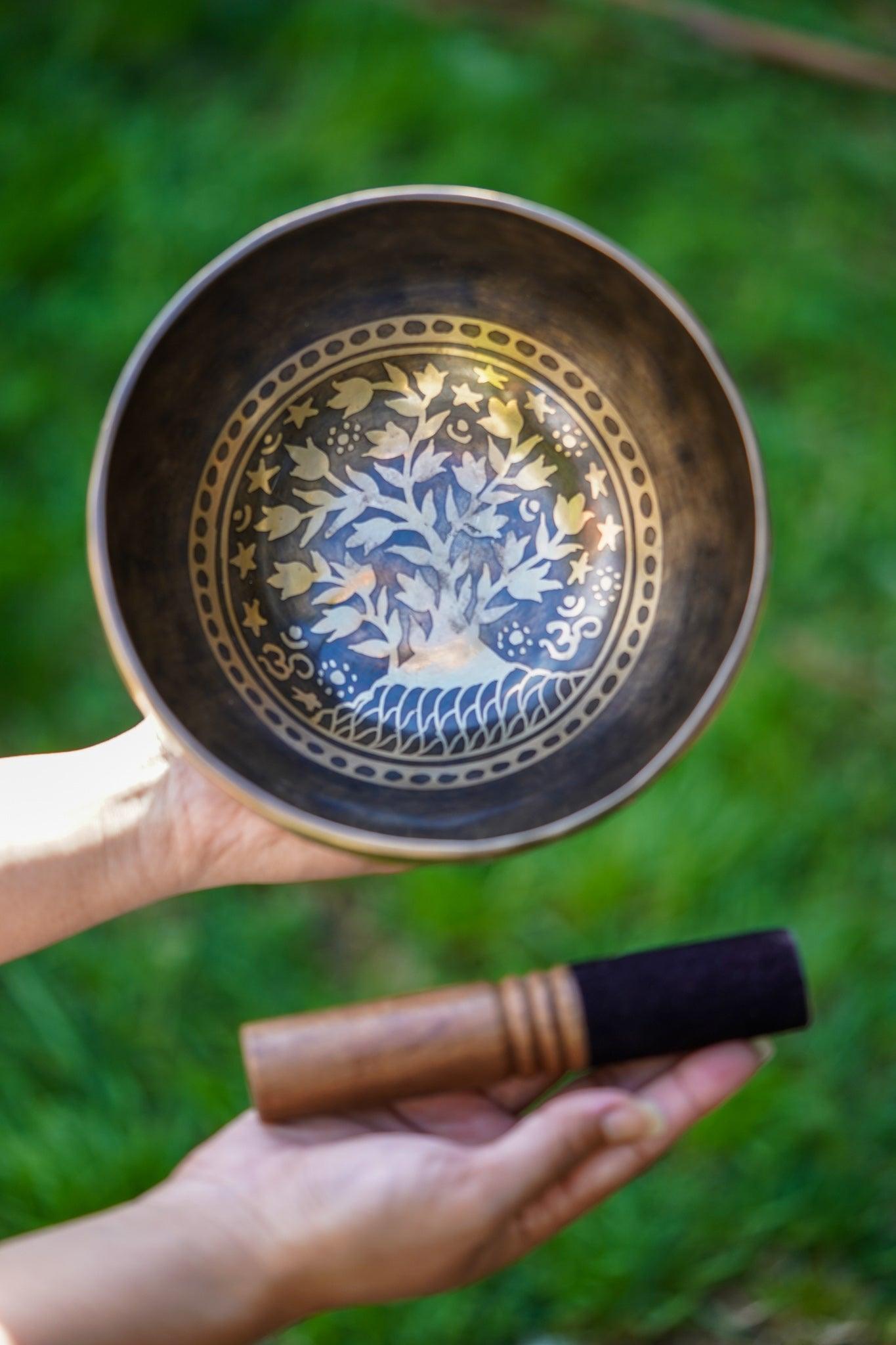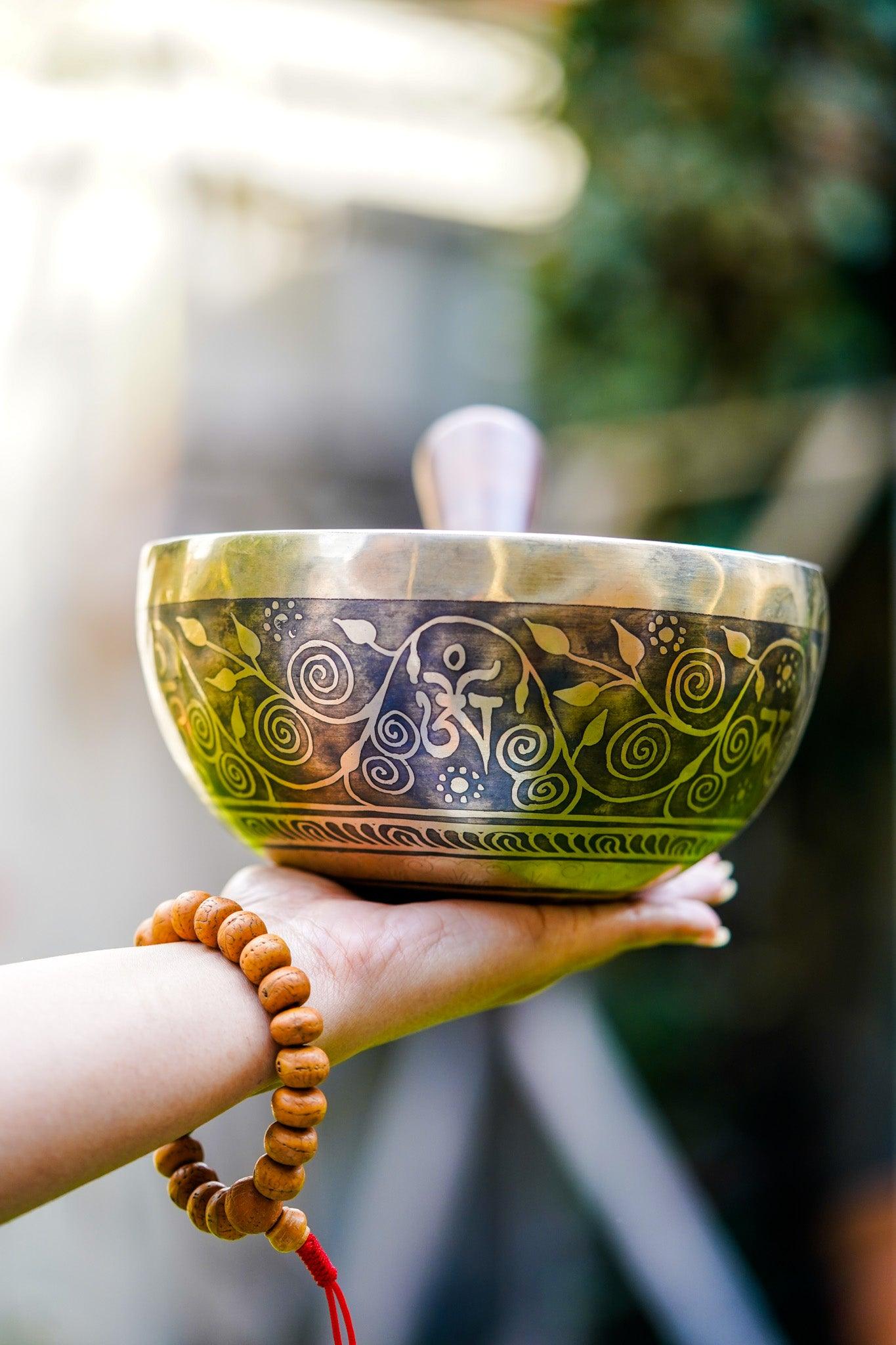Manjushri is the oldest and most important bodhisattva, according to scholars. He became known as the personification of prajna (transcendent wisdom). The Lotus Sutra accords him the name Vimala, which means "clean country." His pure land is expected to be one of the two best pure lands in the entire universe, past, present, and future. Universal Sight will be his name, when he achieves Buddhahood. Prince Manjushri is a loose translation of his name, which means "still a youth."
Iconography

Manjushri is a male bodhisattva who wields a flaming sword in his right hand, symbolizing the enlightenment of transcendent wisdom that eliminates ignorance and duality. The Prajñāpāramitā sūtra, which is supported by the Padma (lotus) in his left hand, represents his accomplishment of ultimate realization via the flowering of wisdom. Manjushri is frequently represented as riding a blue lion or sitting on a lion's skin. This is like riding or subduing a wild lion since it signifies the use of wisdom to tame the mind.
Mantras

A mantra commonly associated with Manjushri is the following:
oṃ arapacana dhīḥ
- "A" leads to the realization that all dharmas are unproduced from the start. (ādya-anutpannatvād).
- "RA" opens the door to the realization that all dharmas are pure.(rajas).
- "PA" opens the way to the realization that all dharmas have been taught in the most comprehensive meaning. (paramārtha).
- "CA" opens the way to the realization that no dharma's decrease (cyavana) or rebirth can be comprehended because all dharmas do not decrease or rebirth.
- "NA" opens the way to the realization that all dharmas' names (i.e. nma) have departed, and that the essential nature behind names cannot be gained or lost.
Benefits of reciting Manjushri mantra
Reciting Praising the Goodness of Glorious Manjushri's Timeless Wisdom is a great blessing and extremely beneficial. We will develop the same attributes as Bodhisattva Manjushri by doing so. If we simply repeat it without heartfelt assurance and devotion.
In China

Manjushri is referred to as Wenshu. Chinese Buddhists consider Mount Wutai in Shanxi, one of China's Four Sacred Mountains, to be his bodhimaa. On certain mountain summits and caverns there, he was supposed to grant extraordinary visionary experiences. The Manjusri Hall to the right of Mount Wutai's Foguang Temple was identified as having been erected in 1137 during the Jin era. Liang Sicheng and Lin Huiyin, early twentieth-century Chinese architects, meticulously researched, surveyed, and photographed the hall for the first time. It became a famous pilgrimage site as a result of these factors, but patriarchs such as Linji Yixuan and Yunmen Wenyan proclaimed the mountain off-limits.
In Tibet

In Tibetan Buddhism, Manjushri manifests in a number of different Tantric forms. Yamāntaka (meaning 'terminator of Yama i.e. Death') is the wrathful manifestation of Manjushri , popular within the Gelug school of Tibetan Buddhism. Other variations upon his traditional form as Manjushri include Namasangiti, Arapacana Manjushri, etc. In Tibetan Buddhism, Mañjuśrī is also a yidam.
In Nepal

The Kathmandu Valley was once a lake, according to the Swayambhu Purana. Manjushri is said to have traveled from his earthly dwelling of Wutaishan (a five-peaked mountain) in China on a pilgrimage. In the middle of the lake, he noticed a lotus bloom emitting a magnificent radiance. With his blazing sword, he carved a gorge near Chovar, allowing the lake to drain. The huge Swayambhunath Stupa was built where the lotus flower settled, and the valley became habitable as a result.The Nagas, mighty snake lords, came to Manjushri in grief after learning that their prized dwelling was being destroyed. Manjushri told them he wished them no harm and was sorry that he had to drain the lake for the greater good of men and all sentient beings, and he urged the Nagas not to leave the Valley but to take up residence in a special pond he would build for them; and he assured them that they would always be worshipped by humankind. Manjushri recognized the Nagas as auspicious beings who knew the mysteries of rain, wealth, and other things that would be of great use to the land's future people. Manjushri received darshan of the swayambhu when the great lake had finally disappeared.
In Indonesia

Manjushri was a significant deity adored by the Sailendra dynasty, patrons of Mahayana Buddhism, in eighth-century Java under the Medang Kingdom. The Kelurak and Manjusrigrha inscriptions both describe the construction of a magnificent Prasada known as Vajrsana Majurgha (Vajra House of Manjushri ), which is now known as Sewu temple and is located just 800 meters north of the Prambanan. After Borobudur, Sewu is the second largest Buddhist temple in Central Java. Majur is shown in Sailendra art in a way that is akin to the Pala Empire style of Nalanda, Bihar. Majur was shown as a young, attractive man with the image of a flower tattooed on the palms of his hands. His right hand has an open palm pointing down, while his left hand is holding a utpala (blue lotus). He also wears a necklace made of canine teeth from a tiger.


